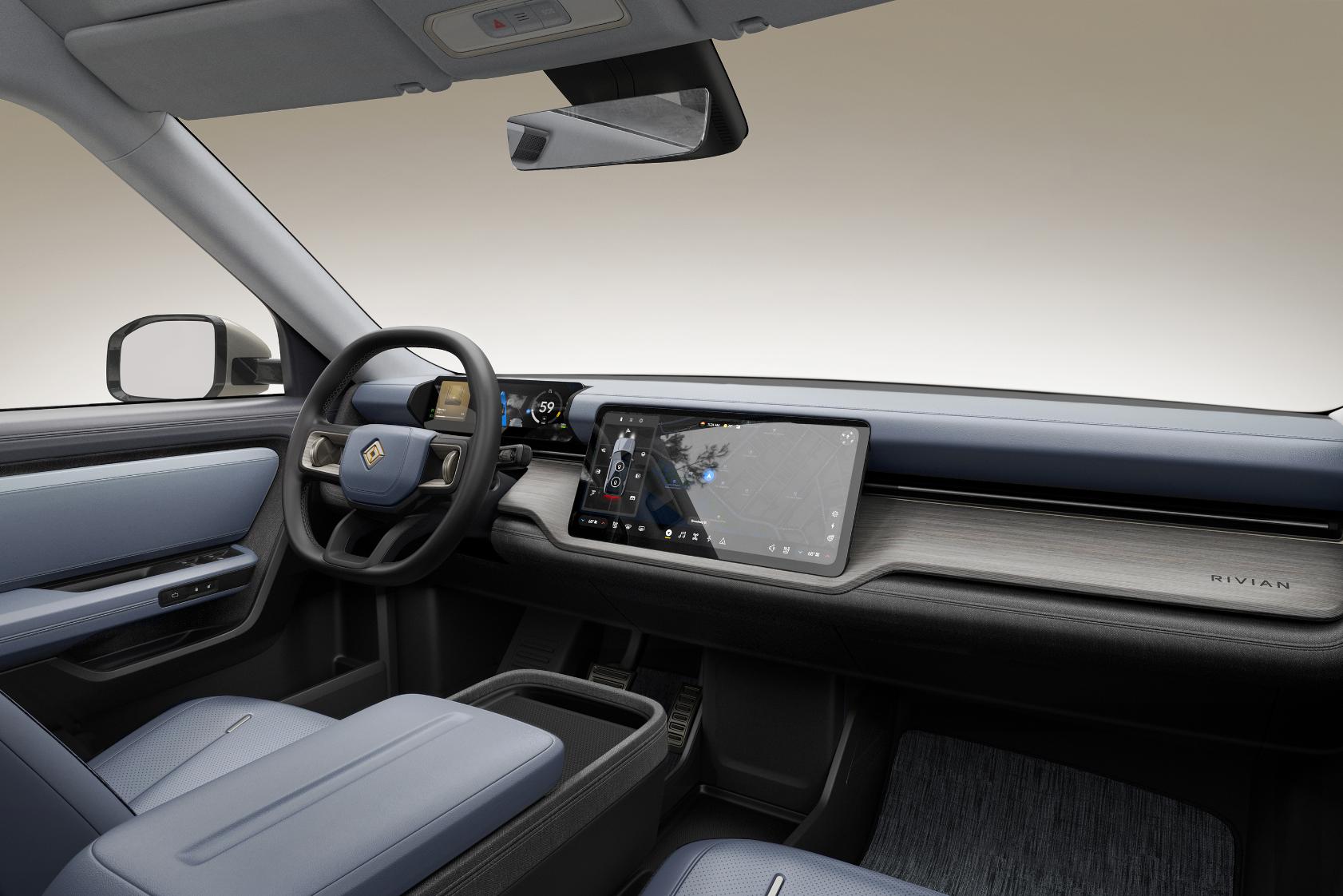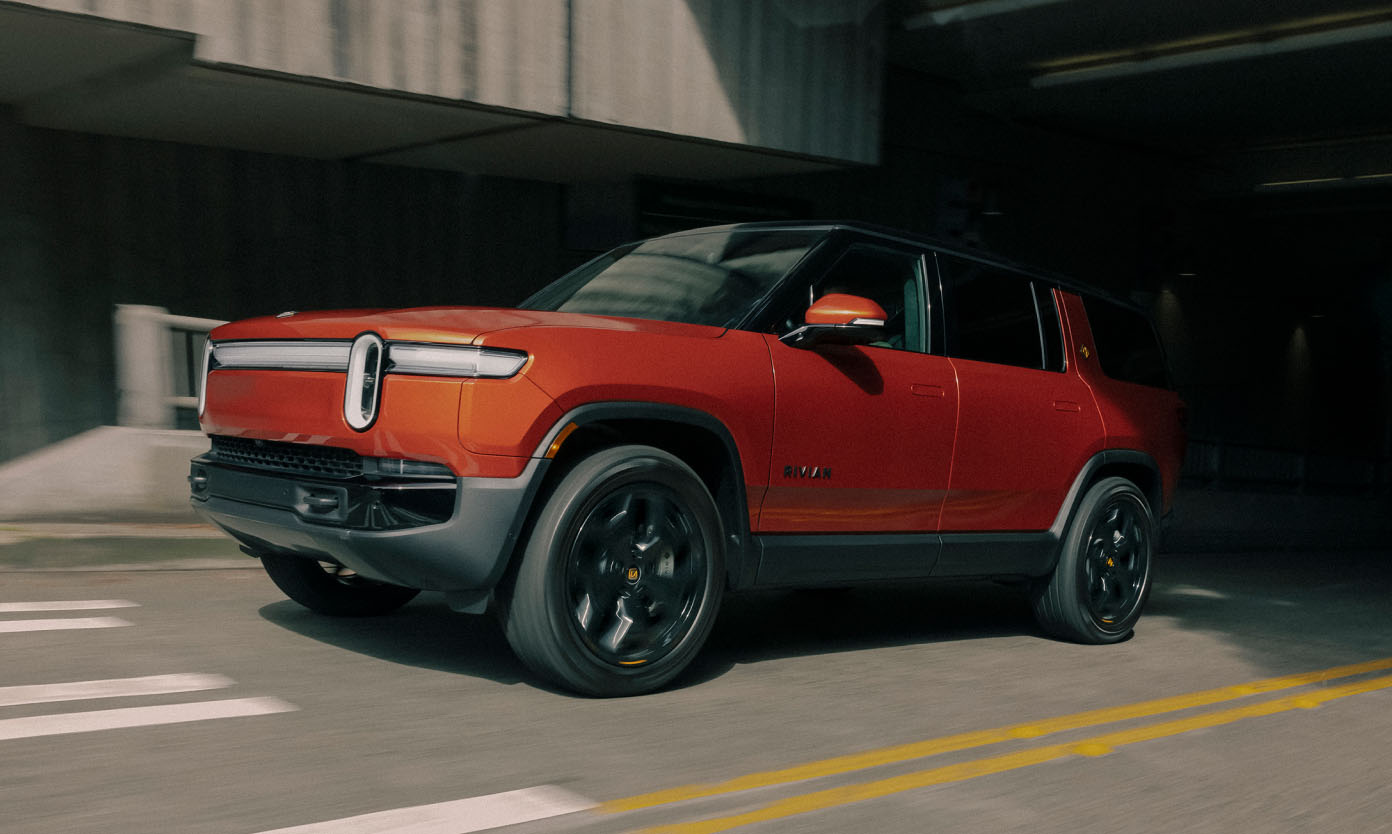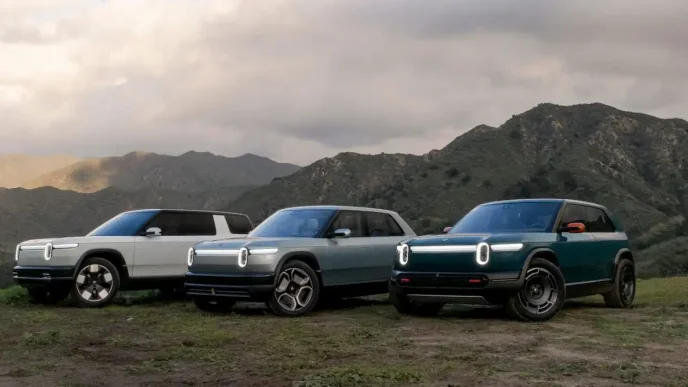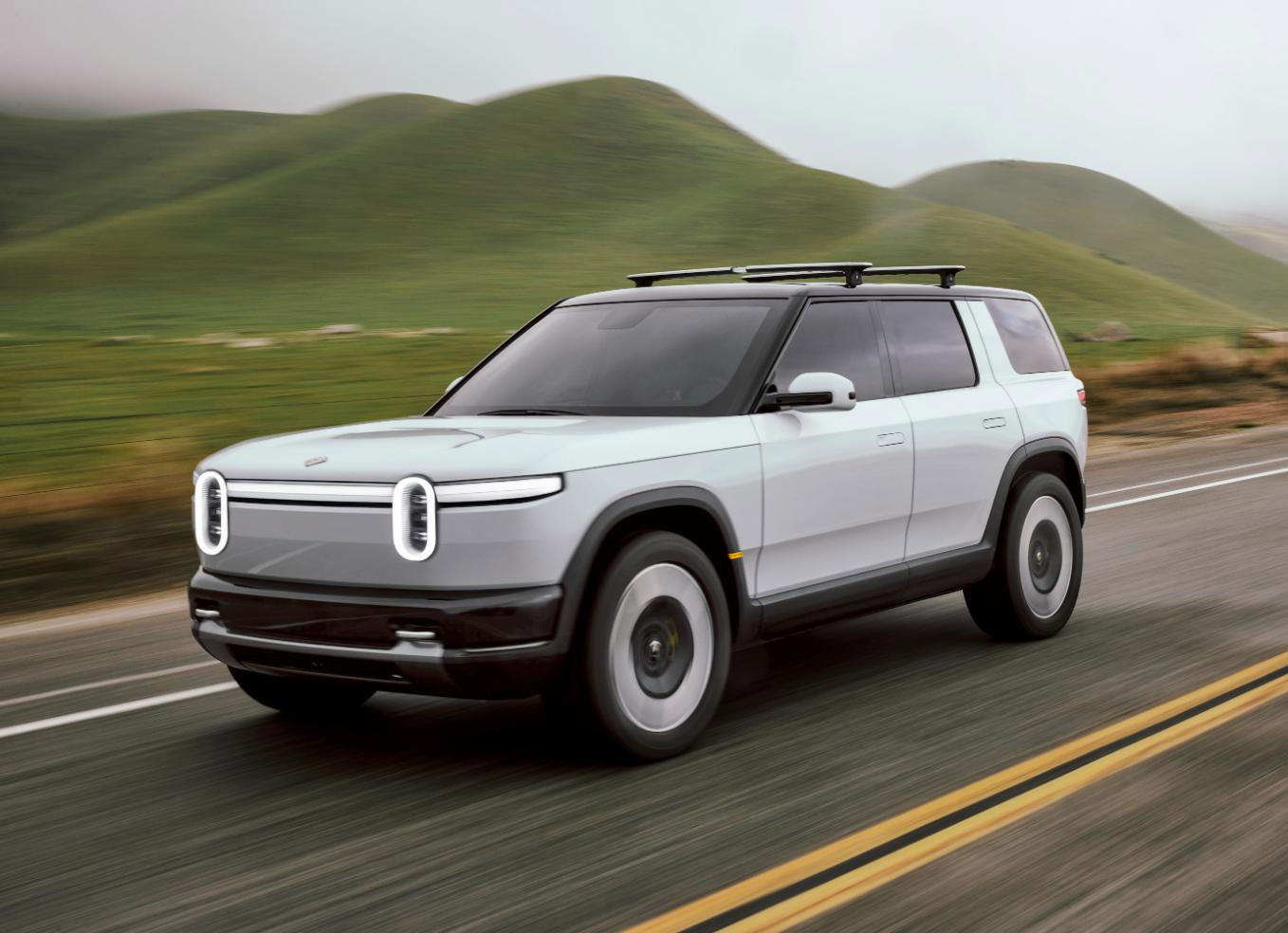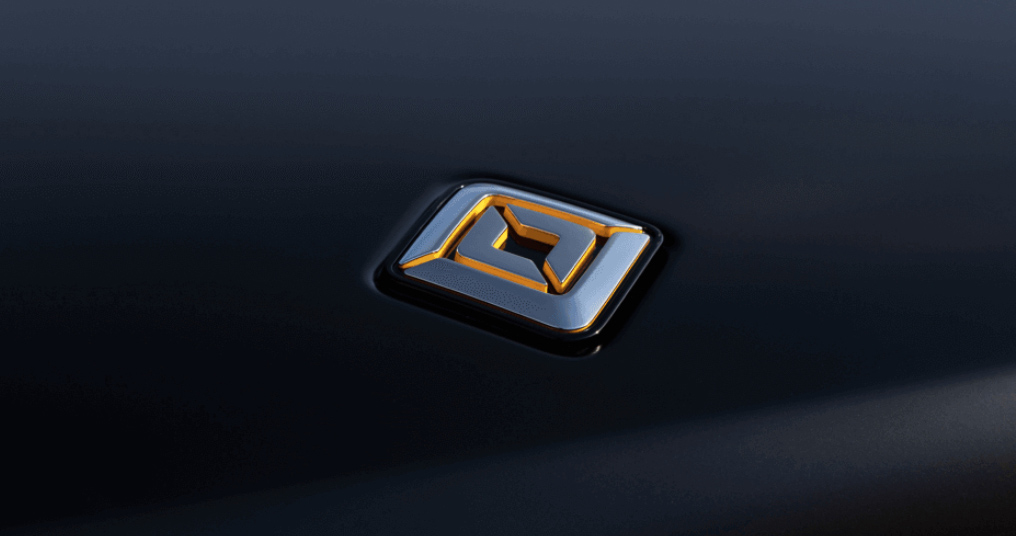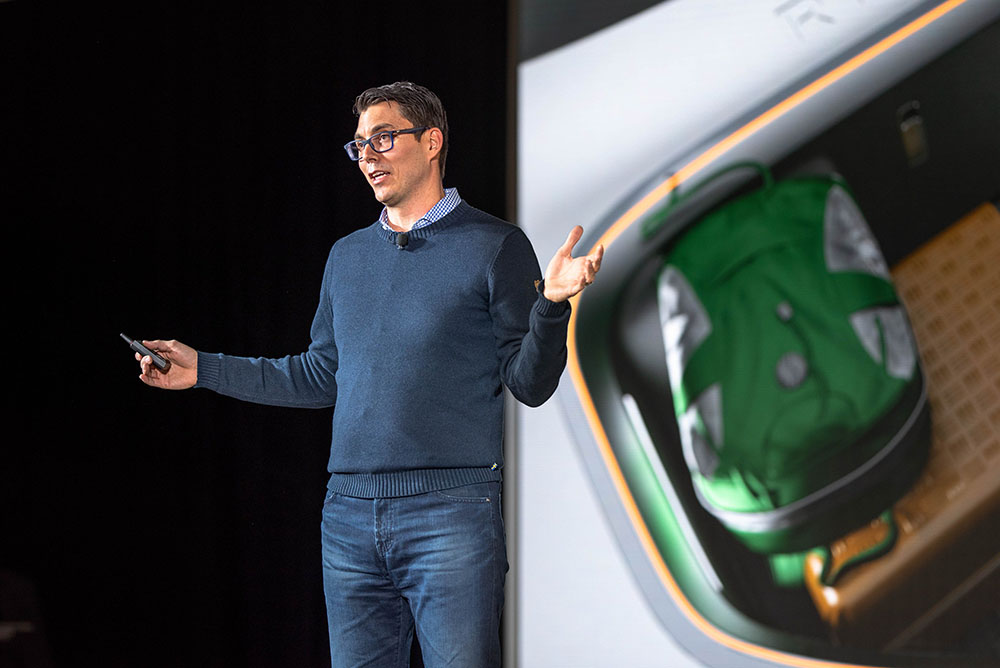In the shift toward touchscreen-centered designs, in-car minimalism is gaining momentum across the automotive industry. Tesla’s Model 3, with its stripped-back interior, set the stage for this trend, but EV startup Rivian aims to take minimalism even further, replacing physical buttons with voice controls. At TechCrunch Disrupt 2024, Rivian’s Chief Software Officer, Wassym Bensaid, shared his view that buttons are becoming obsolete, and voice control is the future.
“Physical buttons are becoming an anomaly in modern cars,” Bensaid remarked, emphasizing Rivian’s commitment to a digital-first approach. This philosophy aligns with the company’s decision not to include Apple CarPlay, favoring instead an in-house digital experience. Bensaid envisions a voice-centric control setup, one in which every function of the car can eventually be accessed through spoken commands rather than physical interfaces. “Ideally, you would want to interact with your car through voice,” he explained. “The problem today is that most voice assistants are just broken. The final north star I have is having voice [controls] become the primary means of interaction with the vehicle.”
Bensaid acknowledged the challenges, pointing out that “even if we do a fantastic job in the UI, there will always be prioritization that we need to do in terms of having things one or two menus behind.” Rivian aims to address these limitations with advanced AI, hinting at potential future partnerships to enhance voice technology, although specifics remain undisclosed.
Despite Rivian’s vision, not all drivers are on board. Rivian enthusiasts have taken to forums, expressing concerns that voice controls may not provide the immediacy or reliability of physical buttons. “Yes to buttons, no to voice,” wrote one Reddit user, with another commenting, “Voice control should augment, not replace physical controls.” Many voiced concerns about voice assistants struggling to hear commands over background noise or with tasks requiring precision, like adjusting the AC or repositioning seats.
While Rivian’s approach reflects its tech-centric philosophy, it’s clear the company faces a challenge in convincing traditionalists. Bensaid, however, remains optimistic. “The vehicle is so feature-rich, that even if we do a fantastic job in the UI, there will always be prioritization that we need to do,” he said. Until Rivian can guarantee seamless voice command performance, the company may continue to face skepticism from users who value tactile feedback. As Rivian rolls out new platforms like the R2 and R3, it remains to be seen whether its voice-first strategy can capture broader market support or if a hybrid approach will prove more effective in the long term.

